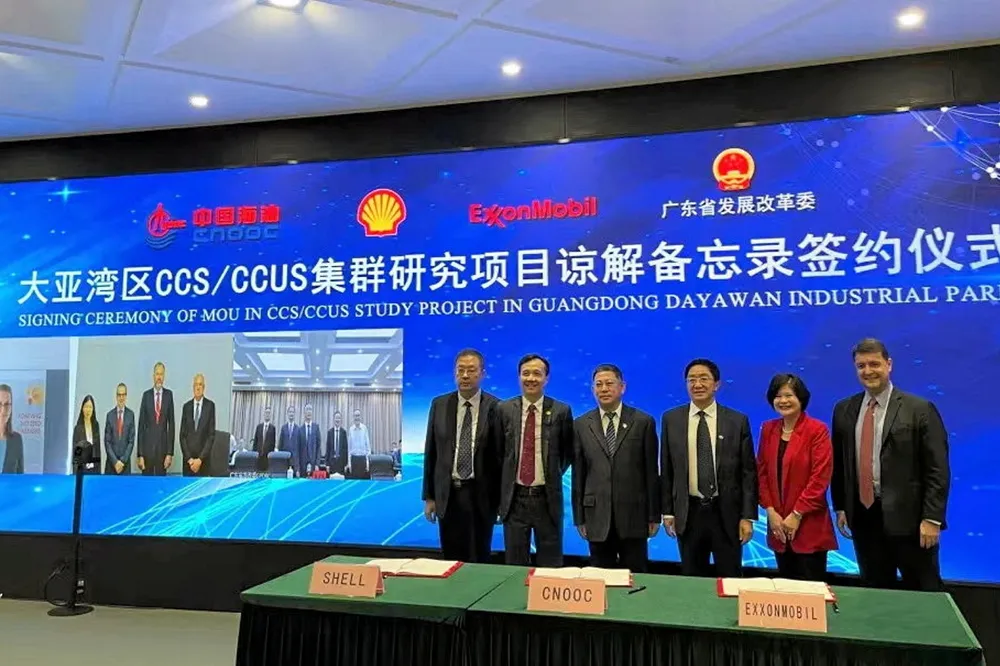Shell, ExxonMobil and CNOOC team up on world-class CCS hub in China
Initial assessments indicate potential to capture up to 10 million tonnes per annum of carbon dioxide

Initial assessments indicate potential to capture up to 10 million tonnes per annum of carbon dioxide
